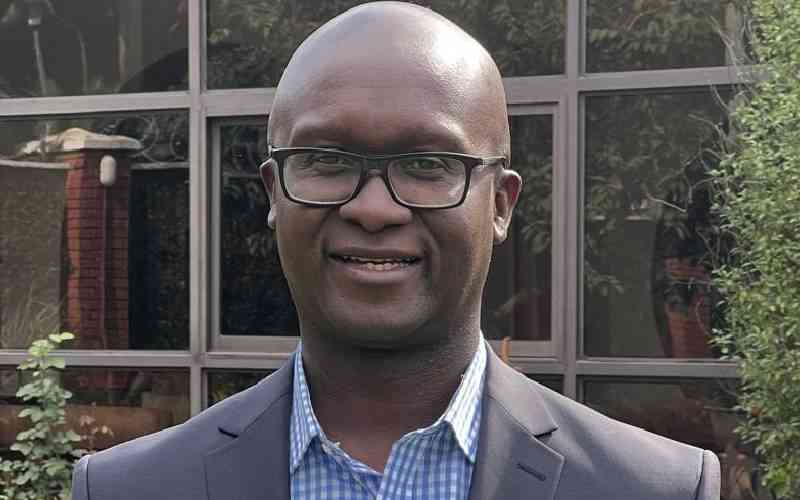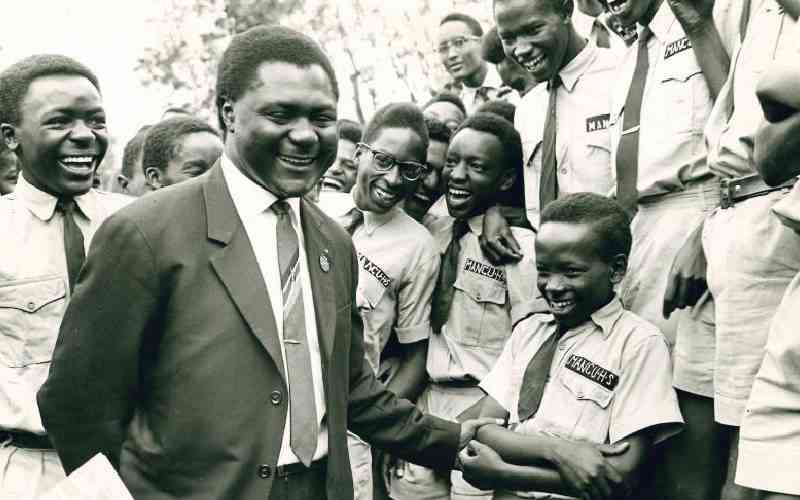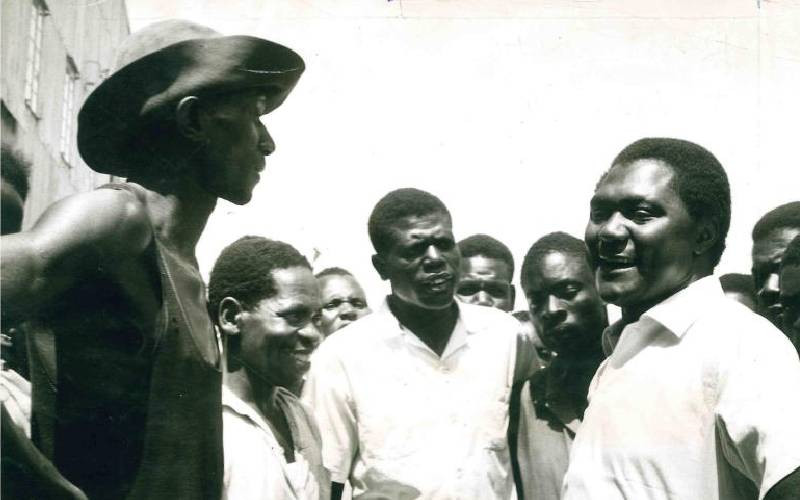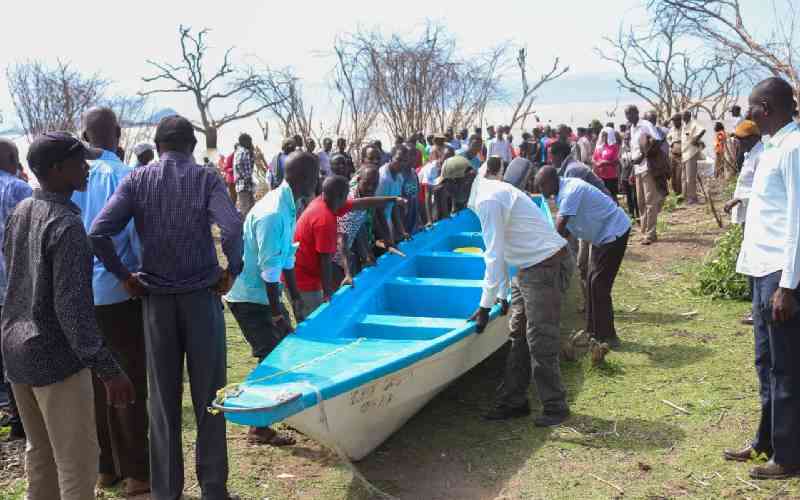By KENNETH KWAMA
NAIROBI, KENYA: A string of murders that swept away some close friends of one of Kanu’s first Secretary-General Tom Mboya in the US in the 1960s convinced the independence hero that he would meet a similar fate.
Media reports indicate that Mboya was so worried about his safety a few months to his death that he sought help from his then political nemesis, Jaramogi Oginga Odinga.
The encounters that would later convince Mboya about his fate started in the late 1950s after he met and befriended a man called William X Schieneman during a speaking tour in the US.
It is during this tour that Mboya approached the then presidential candidate Richard Nixon to consider sponsoring students from Kenya for education in the US. Nixon turned down the request.
It was a big setback for Mboya, but Schieneman who had been taken in by Mboya’s eloquence was determined to help his newfound friend, so he introduced him to John Kennedy who ran the Kennedy Foundation. At a later meeting, Kennedy agreed to give $100,000 to support the ‘airlift’ programme.
According to an article posted on a website and authored by Lucas Mboya, the first airlift had already taken place in 1959 with the help of Dr Martin Luther King, the African American Students Foundation and its sponsors, Harry Belafonte, Jackie Robinson, and Sidney Poitier. Mboya had already raised sufficient funds to cover the students’ travel expenses.
“John F Kennedy who had befriended Mboya was then assassinated in 1963, the same year that Kenya became independent,” states the article that concurs with historical accounts provided by other media sources.
Mboya also became friends with civil rights leader Dr Martin Luther King and Kennedy’s younger brother, Senator Robert Kennedy who visited Kenya in 1966. In 1959, Mboya and Luther King held a joint rally in Washington DC where the former talked of Kenya’s independence battle.
Luther King was assassinated on April 4, 1968, while Senator Robert Kennedy was assassinated two months later, on June 6 the same year, to be precise. These events alarmed Mboya so much and in many ways, gave him a pointer to just how his end might come.
It was a trying time for the independence hero and it is speculated that it is around this time that he tried to reach out to Jaramogi for help. Mboya was assassinated on July 5, 1969.
It completed a sad tale of three friends who were killed within 15 months of each other’s demise. After Mboya’s death, for some strange reason, his friend Schieneman was declared persona non grata by the Kenyatta government and banned from visiting Kenya.
But the ban was lifted in 1980 by then President Moi, paving way for Schieneman to visit Mboya’s family.
In Schieneman’s will, he told his family that he would only rest in peace once he was buried beside his old friend Mboya on Rusinga Island. His son Billy Schieneman duly complied and after a cremation in the US, brought the deceased’s ashes to Rusinga Island. After consultation with Mboya’s clan members, Schieneman’s remains were interred in the same mausoleum where Mboya is buried.
Stay informed. Subscribe to our newsletter
 The Standard Group Plc is a
multi-media organization with investments in media platforms spanning newspaper
print operations, television, radio broadcasting, digital and online services. The
Standard Group is recognized as a leading multi-media house in Kenya with a key
influence in matters of national and international interest.
The Standard Group Plc is a
multi-media organization with investments in media platforms spanning newspaper
print operations, television, radio broadcasting, digital and online services. The
Standard Group is recognized as a leading multi-media house in Kenya with a key
influence in matters of national and international interest.
 The Standard Group Plc is a
multi-media organization with investments in media platforms spanning newspaper
print operations, television, radio broadcasting, digital and online services. The
Standard Group is recognized as a leading multi-media house in Kenya with a key
influence in matters of national and international interest.
The Standard Group Plc is a
multi-media organization with investments in media platforms spanning newspaper
print operations, television, radio broadcasting, digital and online services. The
Standard Group is recognized as a leading multi-media house in Kenya with a key
influence in matters of national and international interest.







